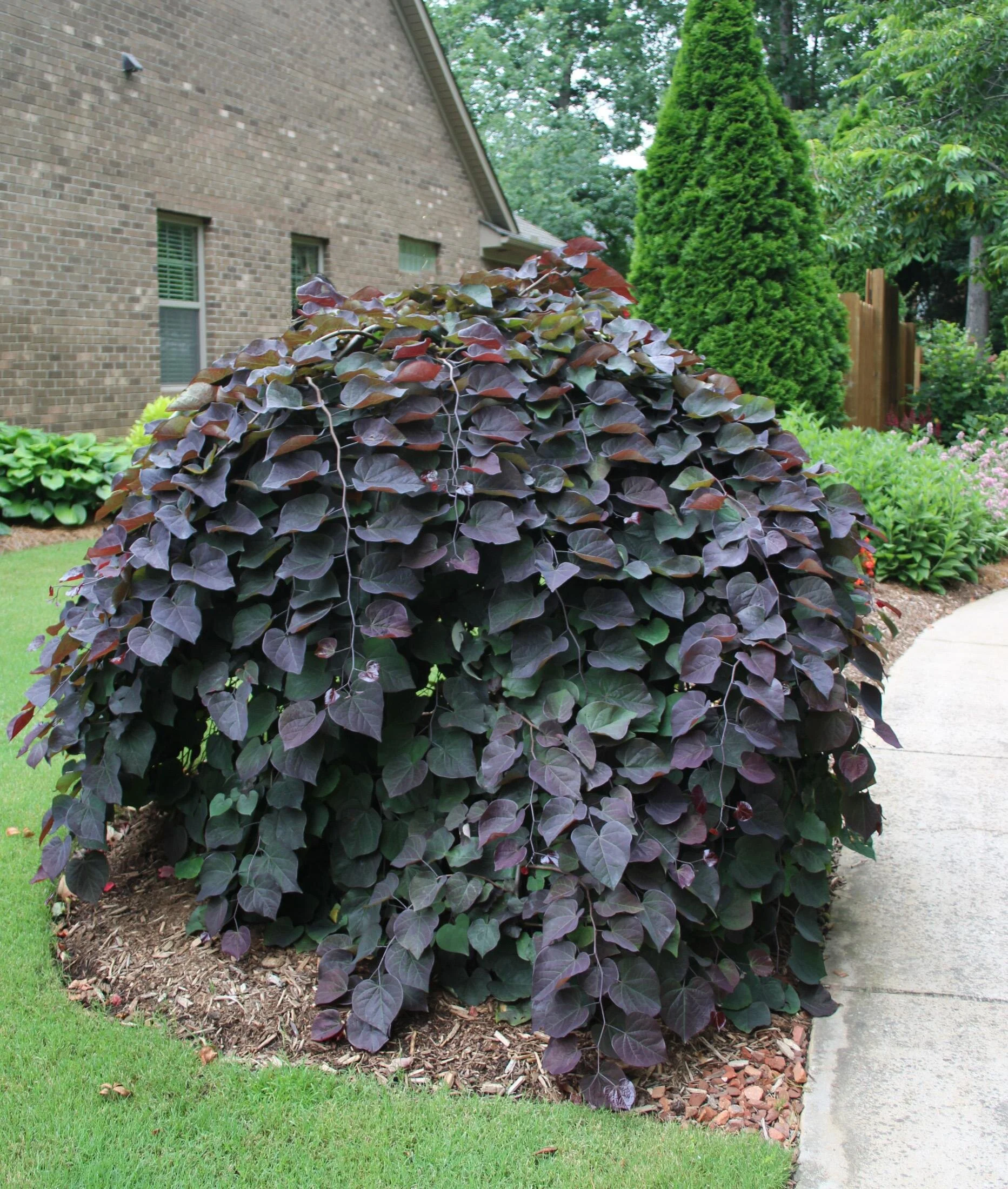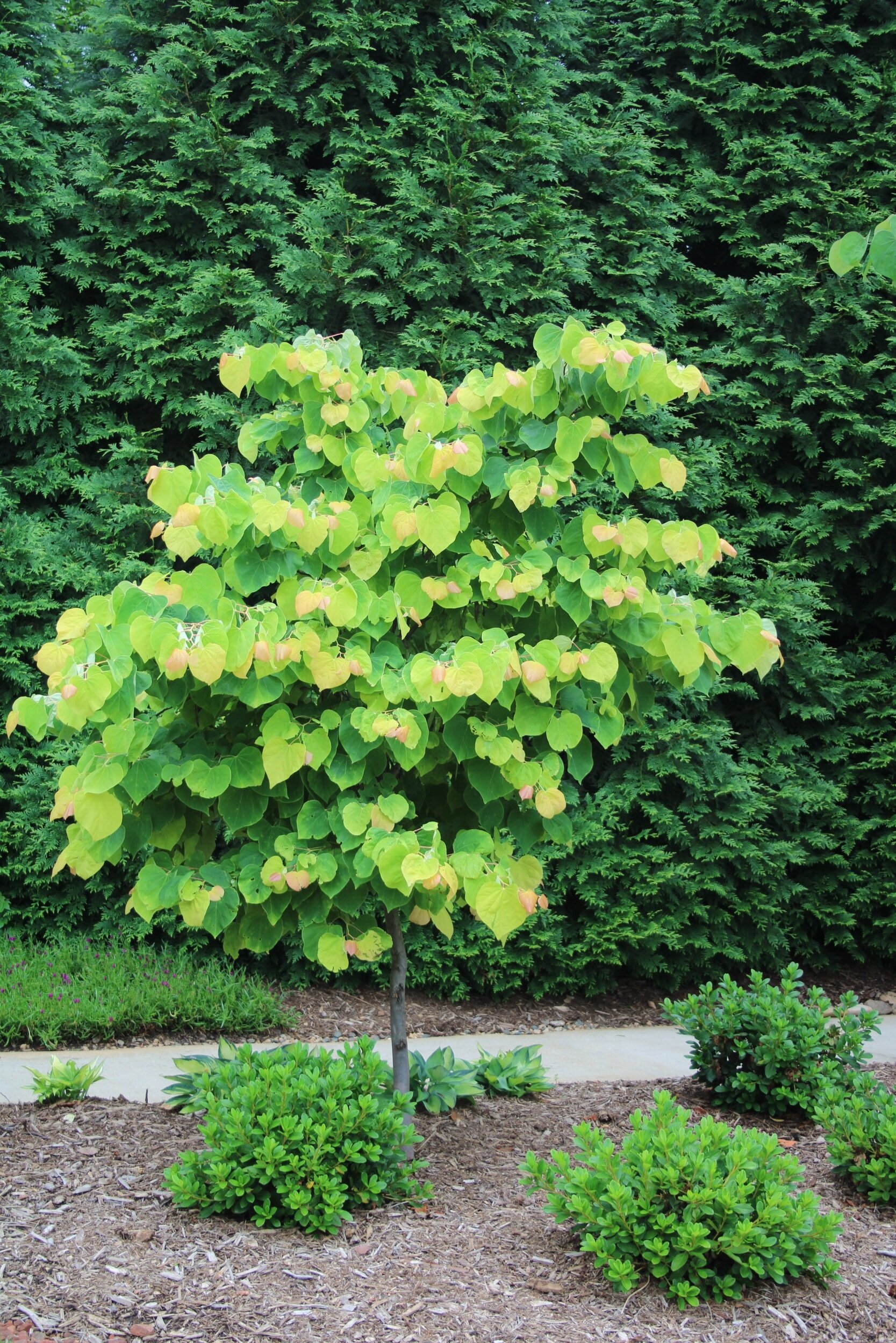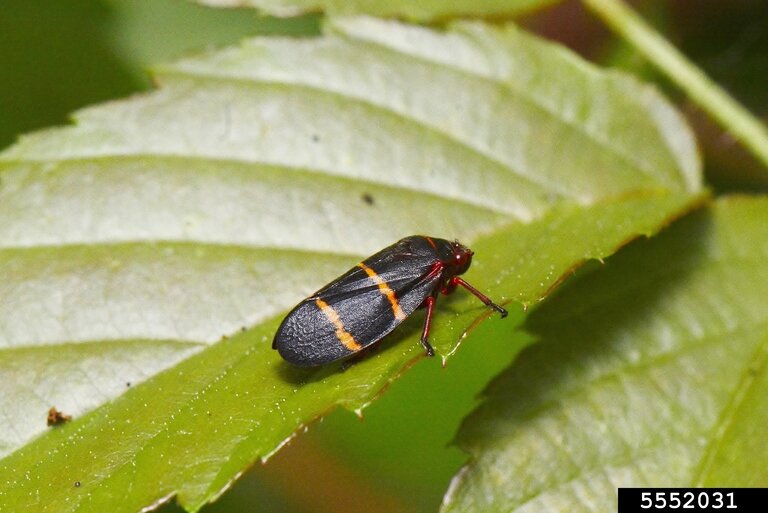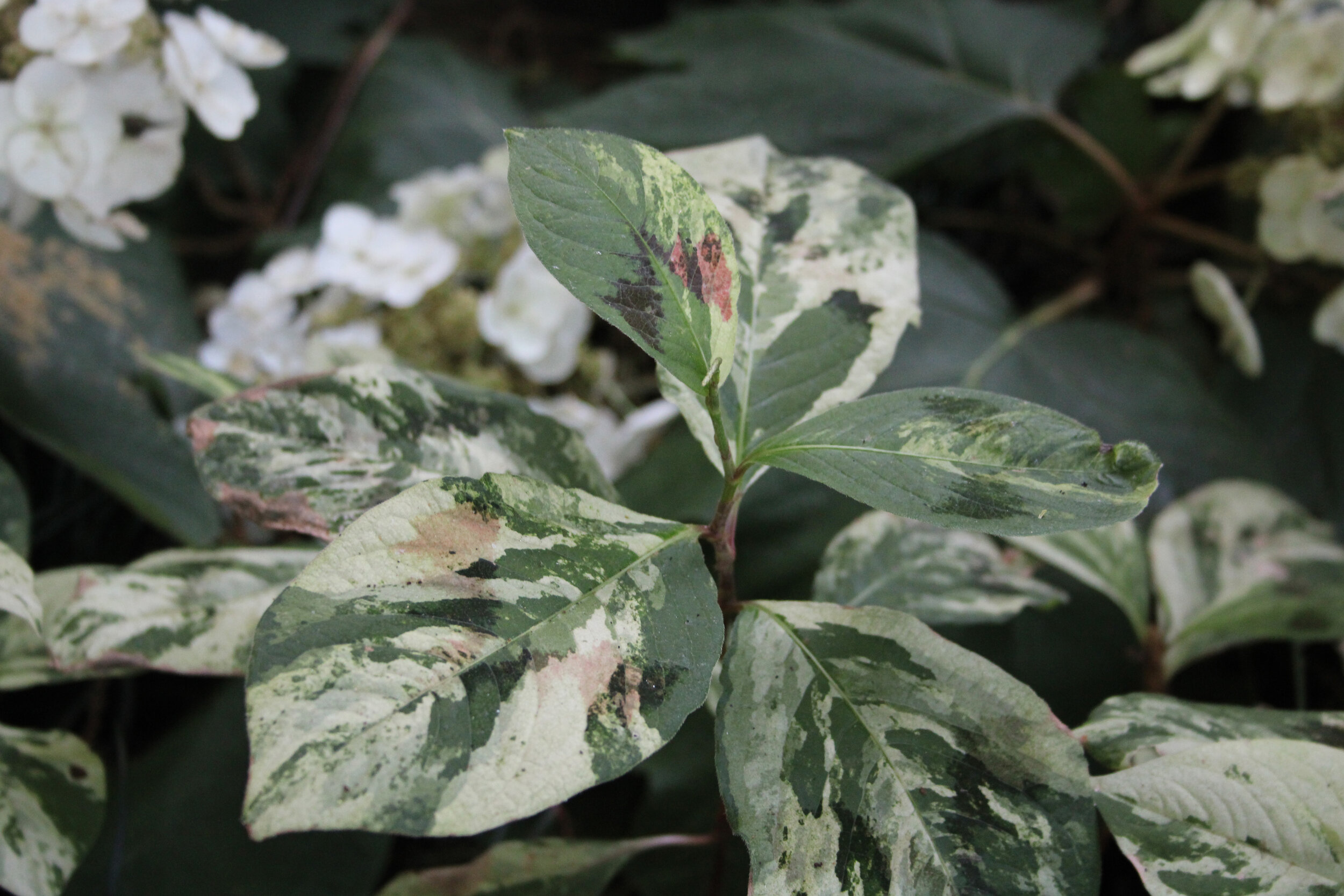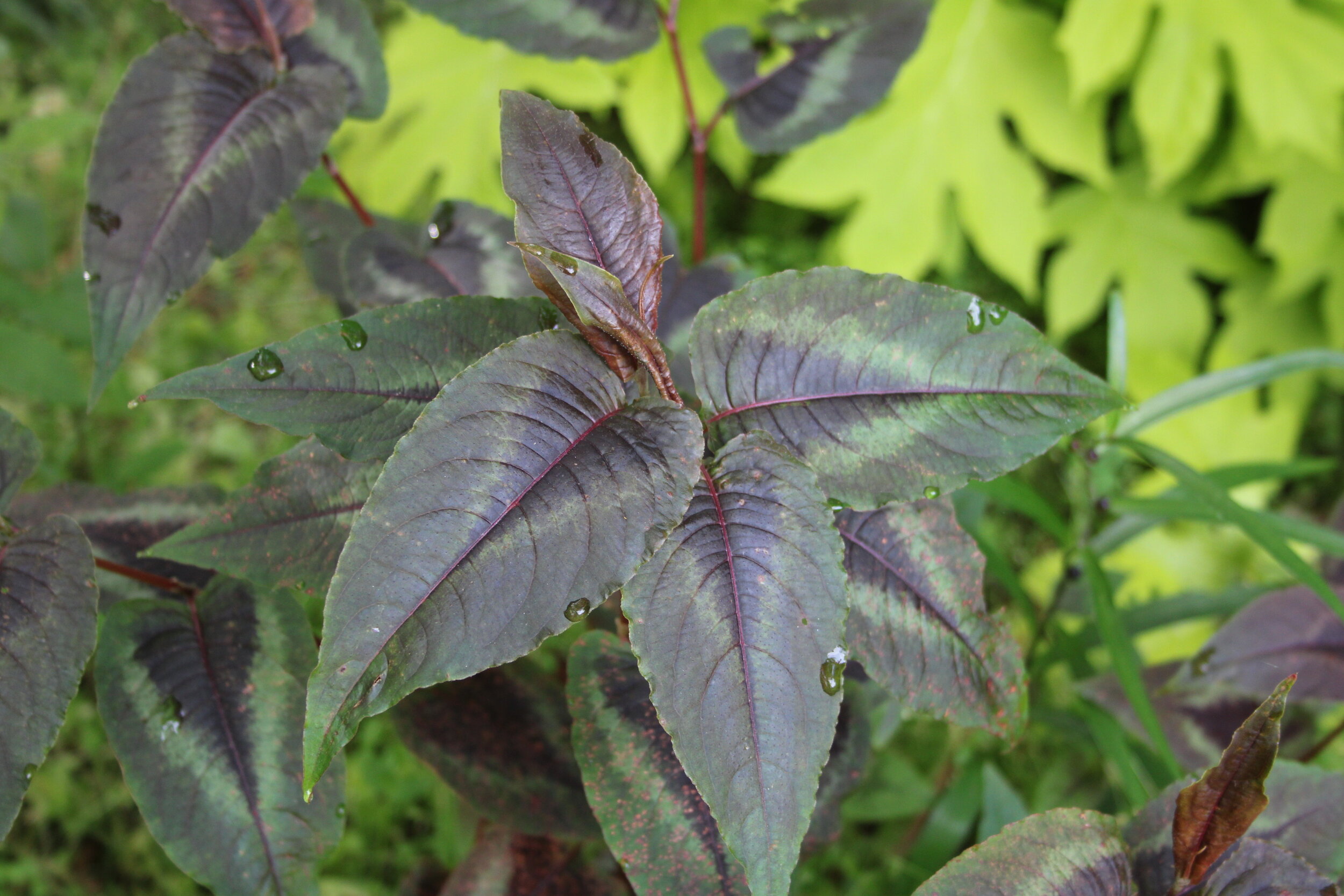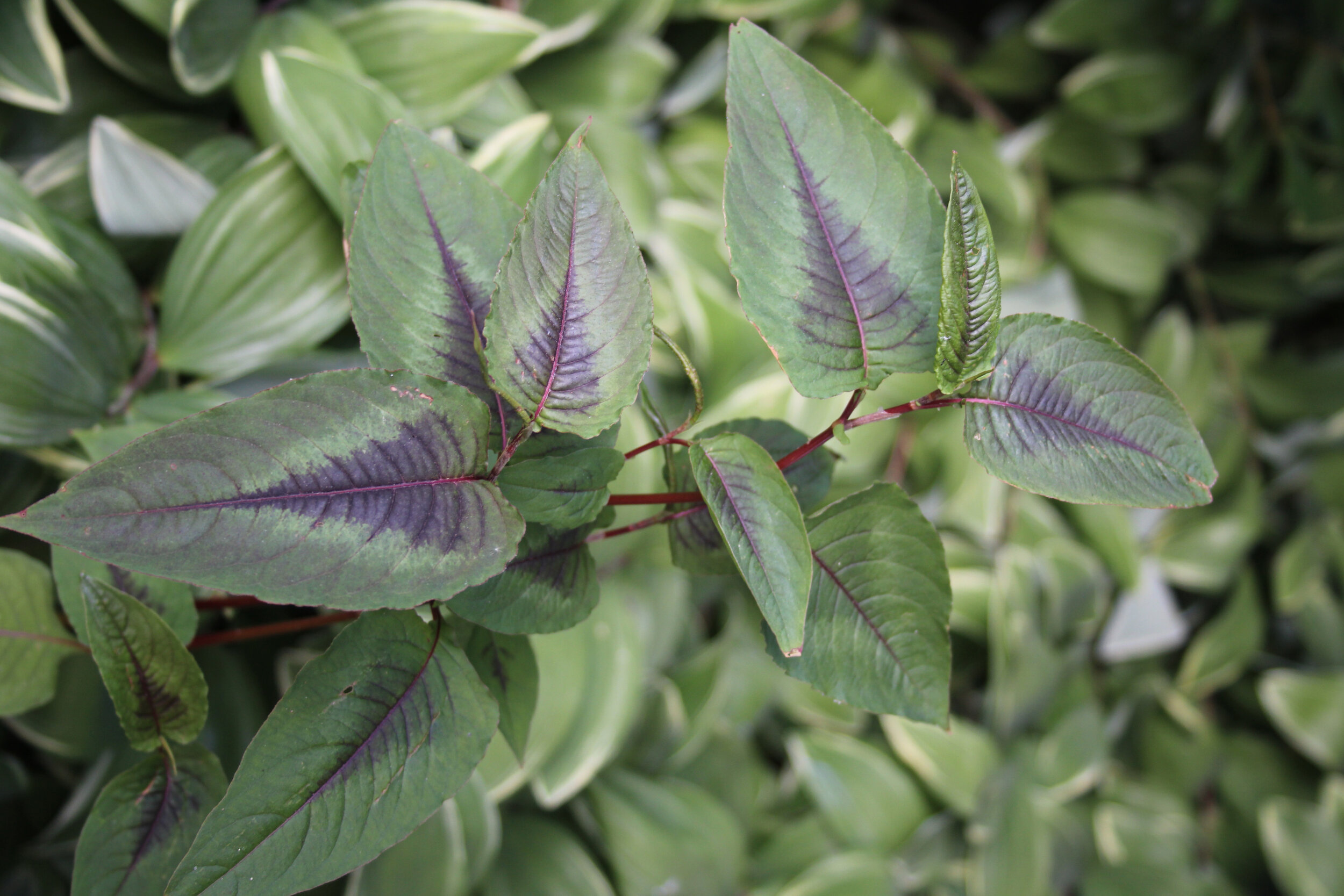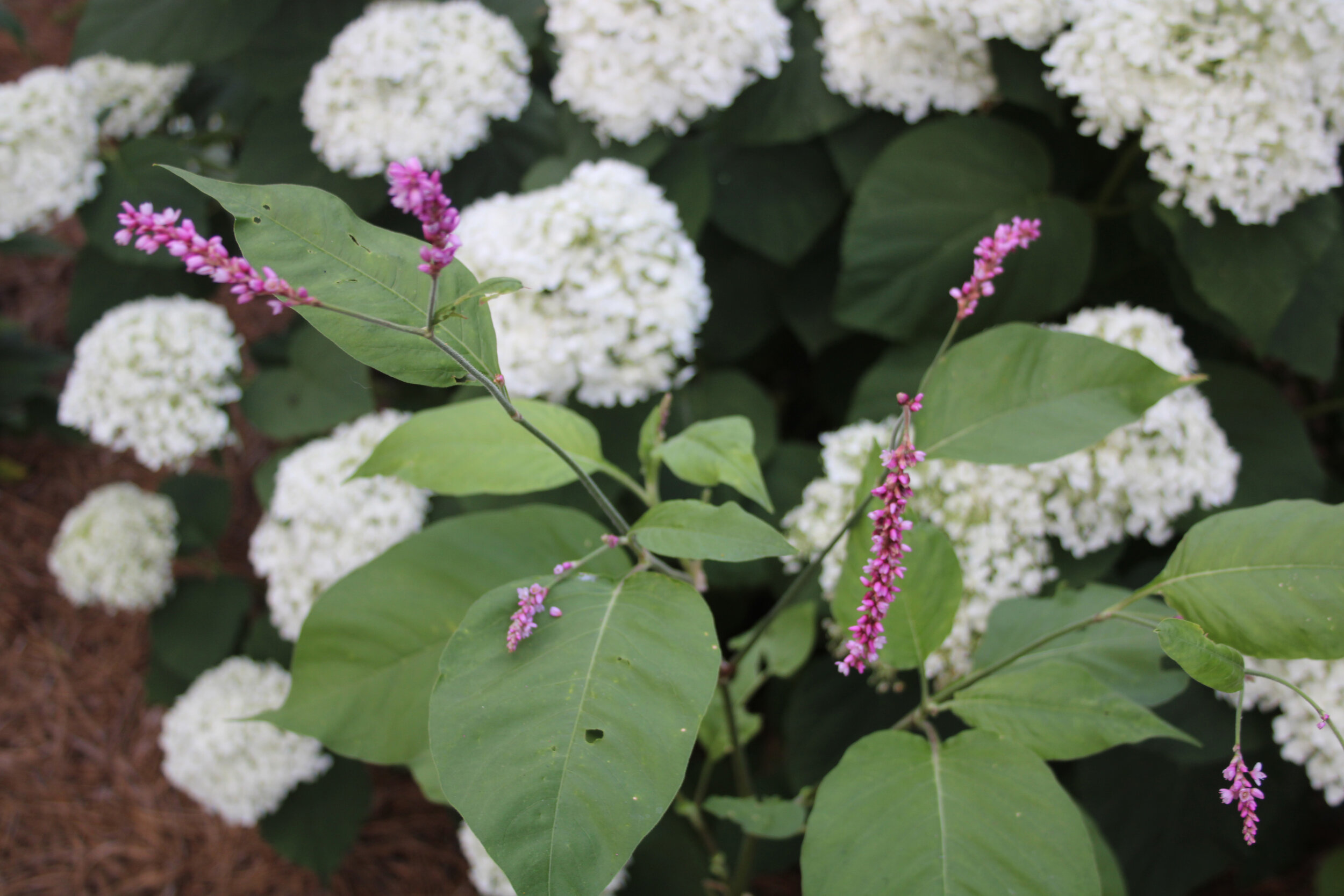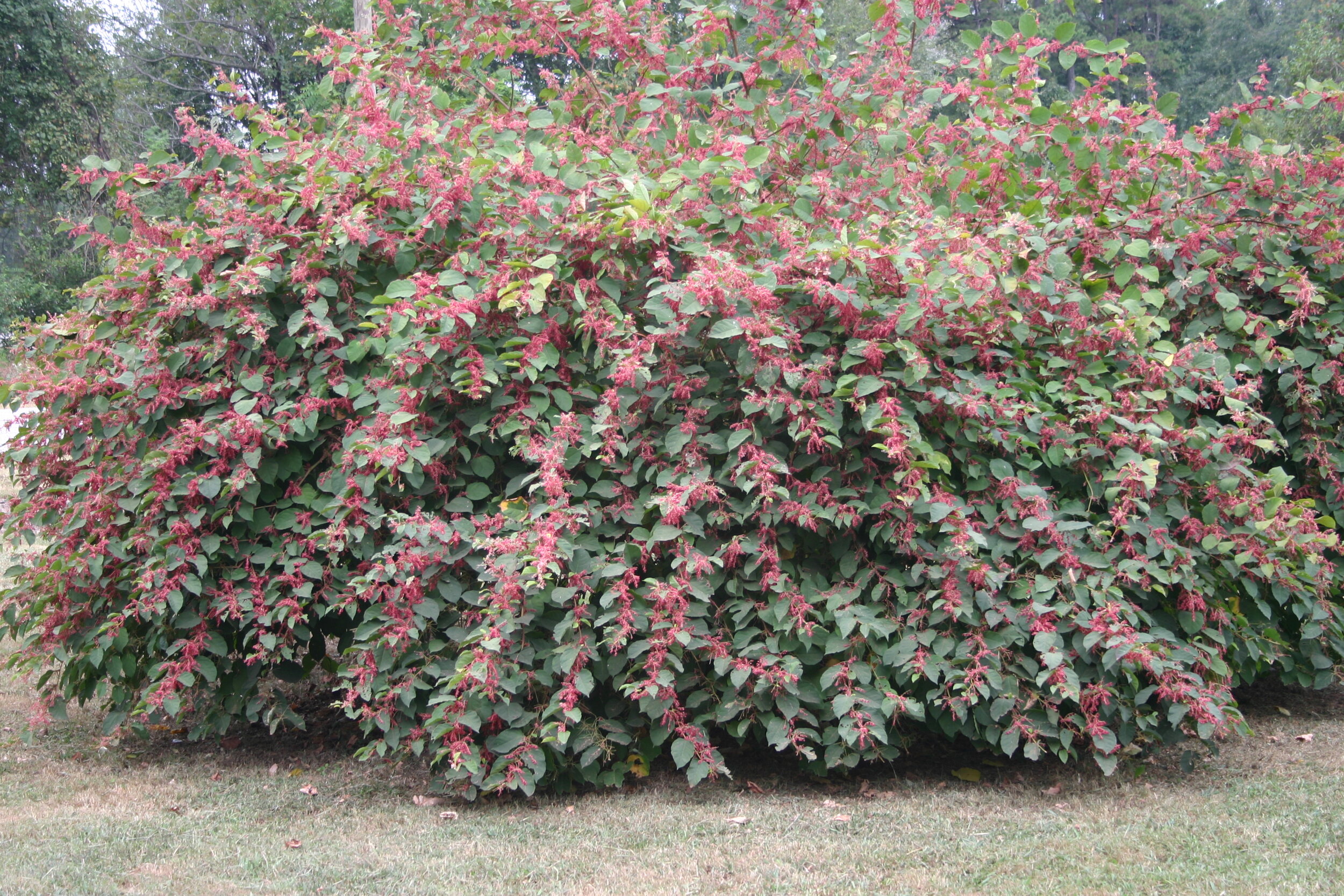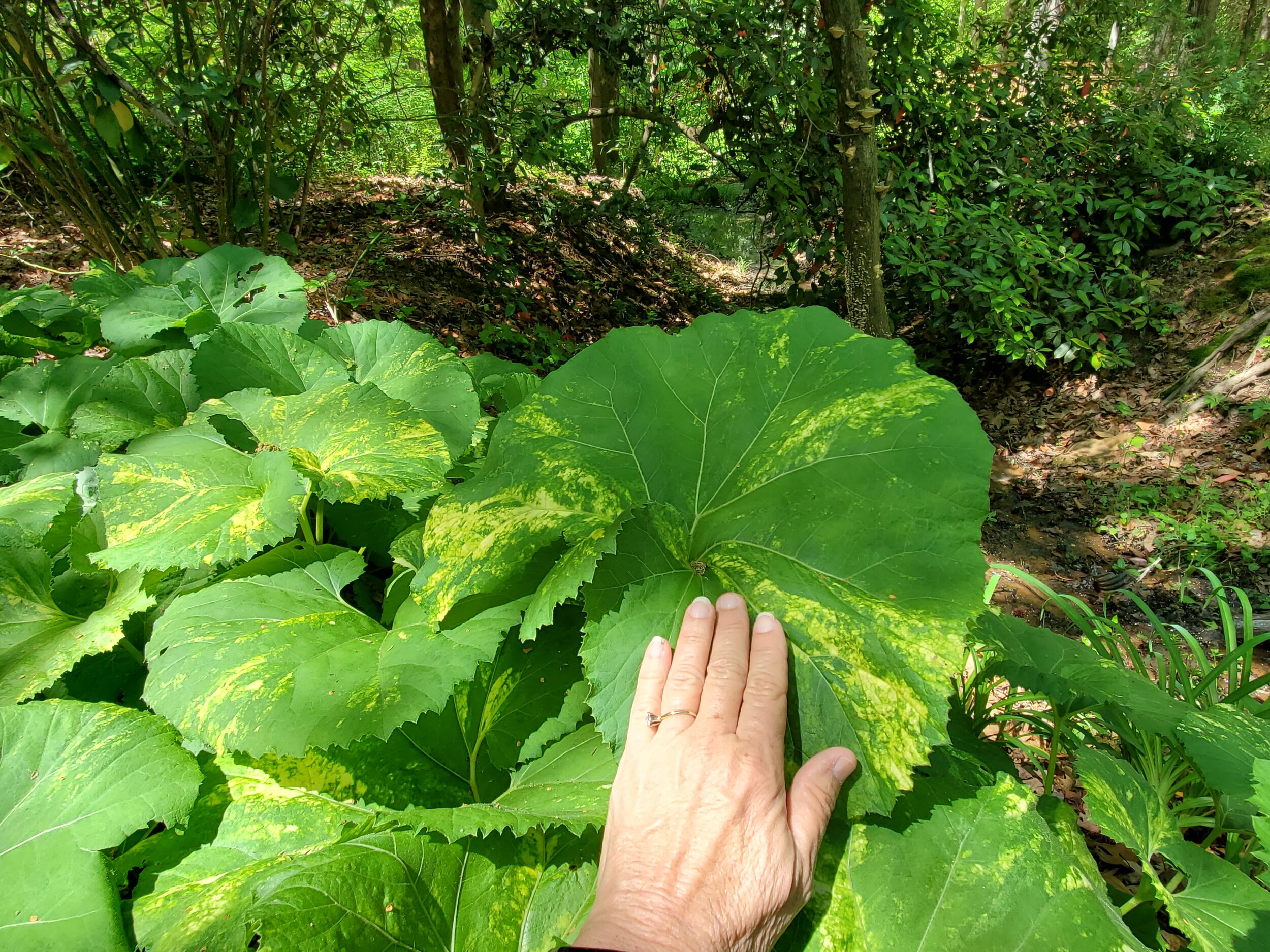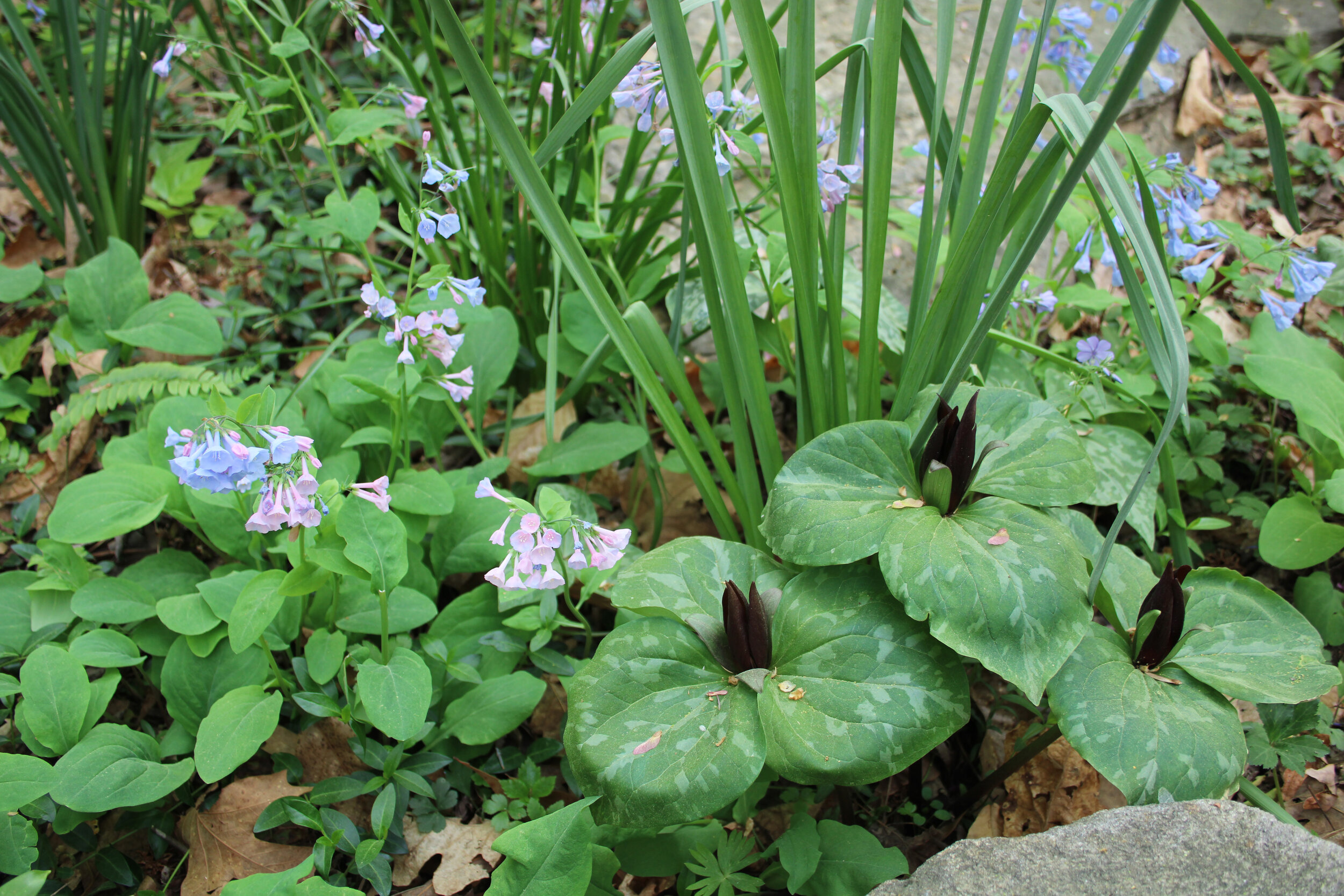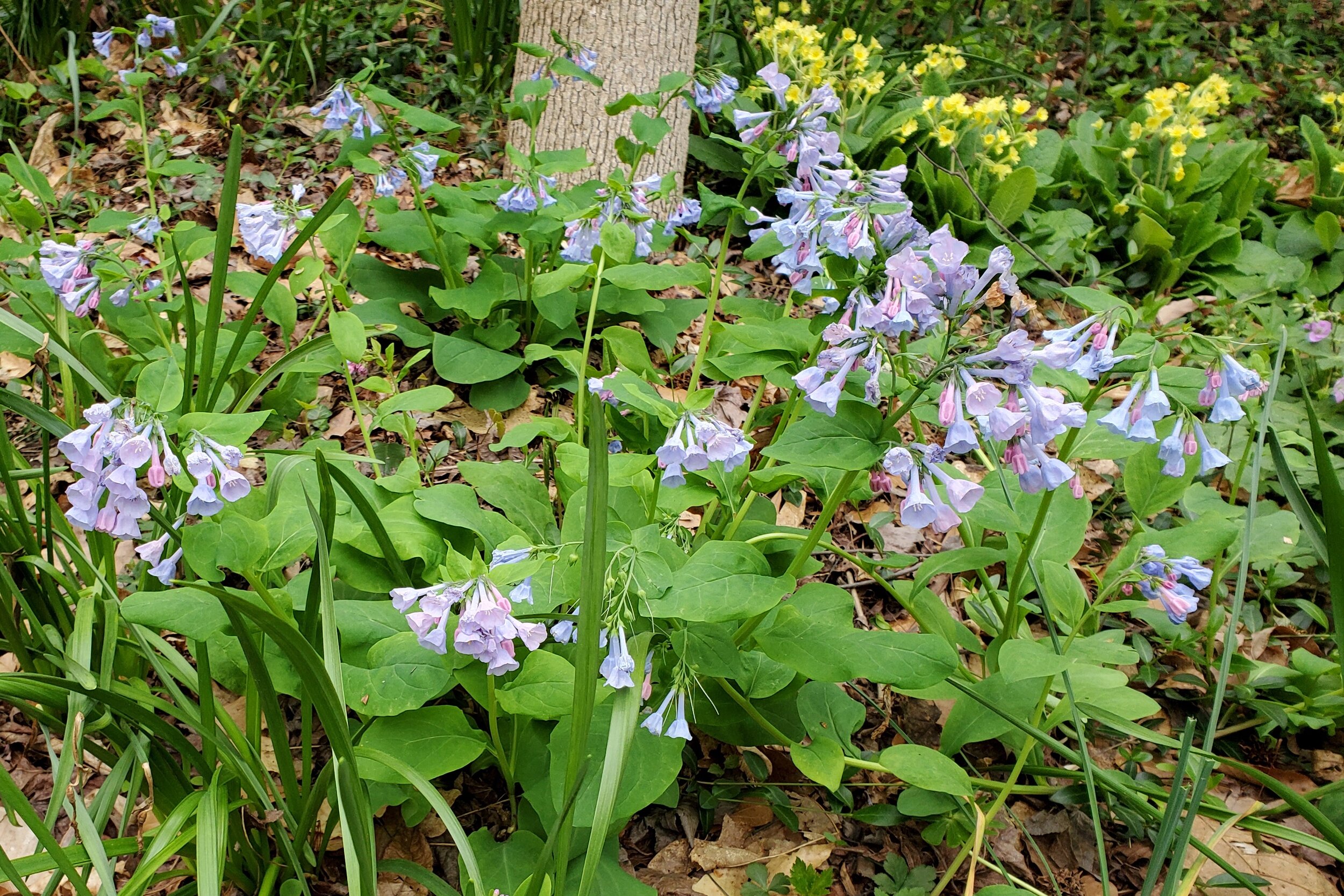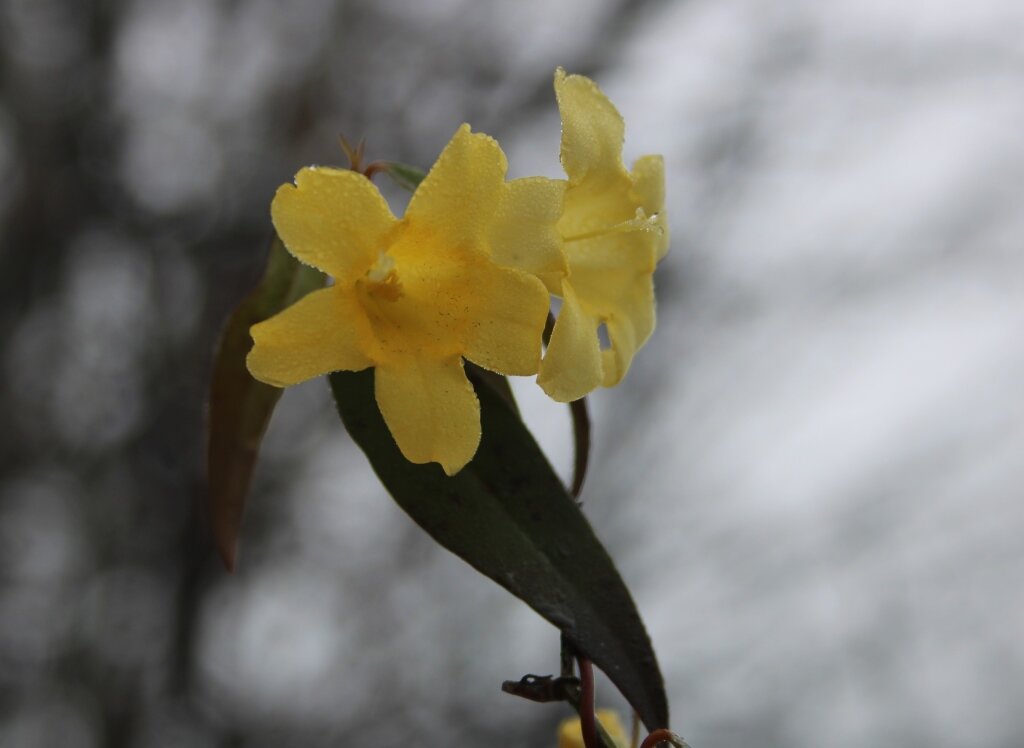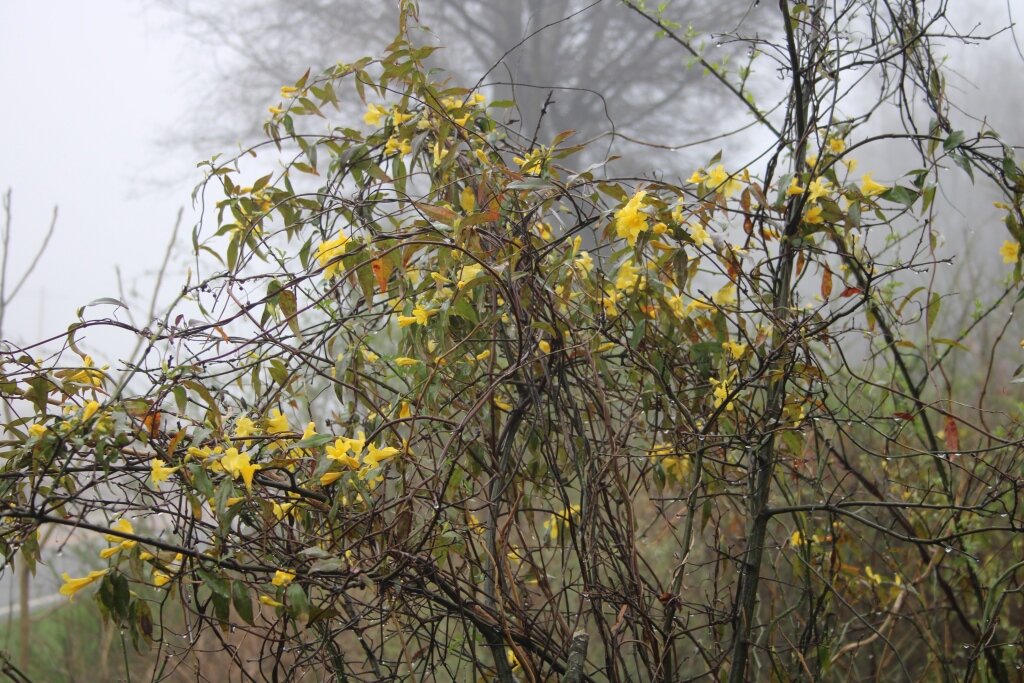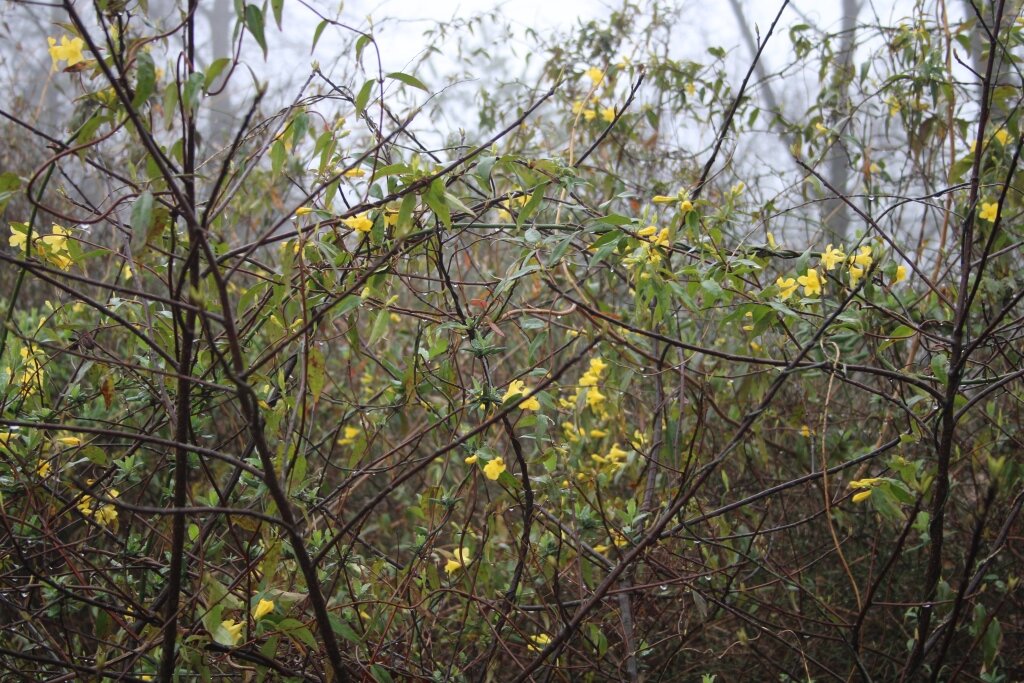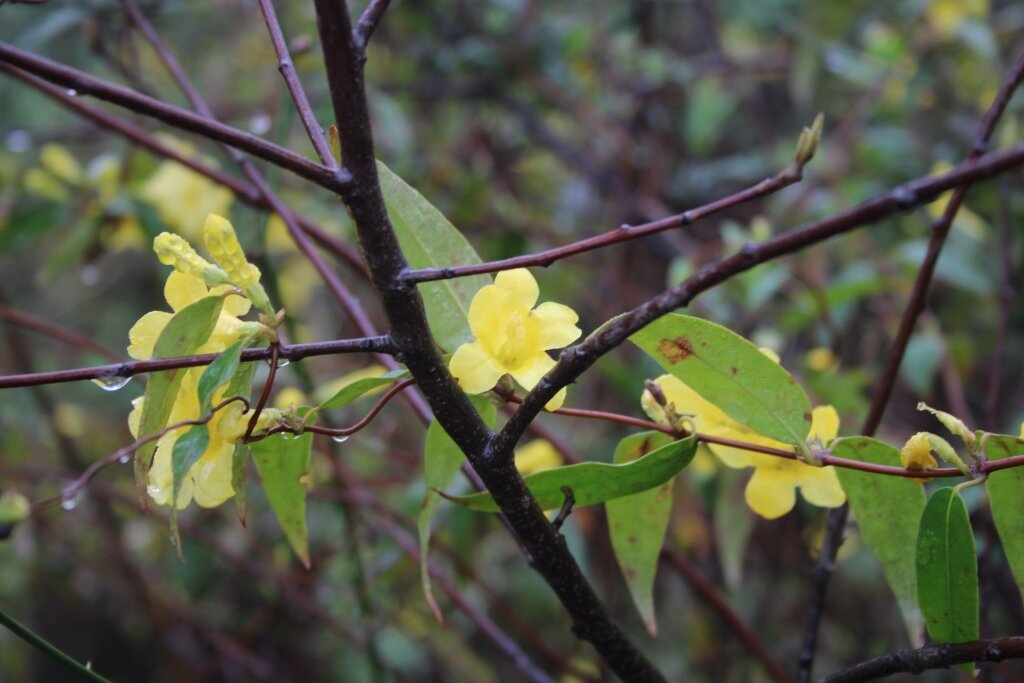I consider myself a fairly good gardener, but I have never enjoyed success with indoor orchids such as Phalaenopsis or Dendrobium. It must have something to do with the neglect I inflict on houseplants while I cajole outdoor plants into health and beauty. There are two orchids that thrive in southeastern woodlands without any mollycoddling.
Downy Rattlesnake Plantain (Goodyera pubescens) is an evergreen perennial wildflower found in woodlands across the eastern half of our country. The plant is small and easily overlooked. The distinctive leaves are very attractive, deep blue-green with distinctive veining and prominent light stripe down the center of each leaf. After a plant is several years old, it throws a single bloom stem in mid-summer with 20 to 80 tiny white flowers. These flowering stems remind me of another plant in the orchid family, Lady’s Tresses (Spiranthes). Lady’s Tresses requires plentiful water, while Rattlesnake Plantain prefers average to dry, acidic soils with plentiful organic content. It is commonly found in the same areas as Creeping Cedar.
Pipsissewa popping through a field of creeping cedar.
Rattlesnake Plantain is easily confused with another wildflower, Pipsissewa (Chimaphila maculata), sometimes called Spotted Wintergreen. The two can be distinguished by their different leaf arrangement: Rattlesnake Plantain leaves are held in a basal rosette, while Pipsissewa leaves are held on a stem. I like the musical sound of Pipsissewa: pip-SIS-uh-wuh.
While Rattlesnake Plantain can be grown as a houseplant and in terrariums, it is listed as endangered in several states and should not be dug from the wild. It is sometime possible to find them for sale by native plant societies. Propagation is from root cuttings or dust-like seeds. It was named Wildflower of the Year for 2016.
Pipsissewa produces plentiful seeds and is common in woodlands. In the past, leaves of Pipsissewa were used to flavor root beer. It is one of my favorite discoveries when walking through the forest. The deep green leaves with white netting are gorgeous. The blooms? Meh. Just appreciate them for the foliage and their willingness to thrive without care.
If you pine after something a little more showy than these two woodland orchids, stayed tuned for next week’s feature on Bletilla striata, Hardy Orchid. She’s a beauty!
Admire the pretty leaves of this Pipsissewa. Seedlings are coming up in the leaf litter.













